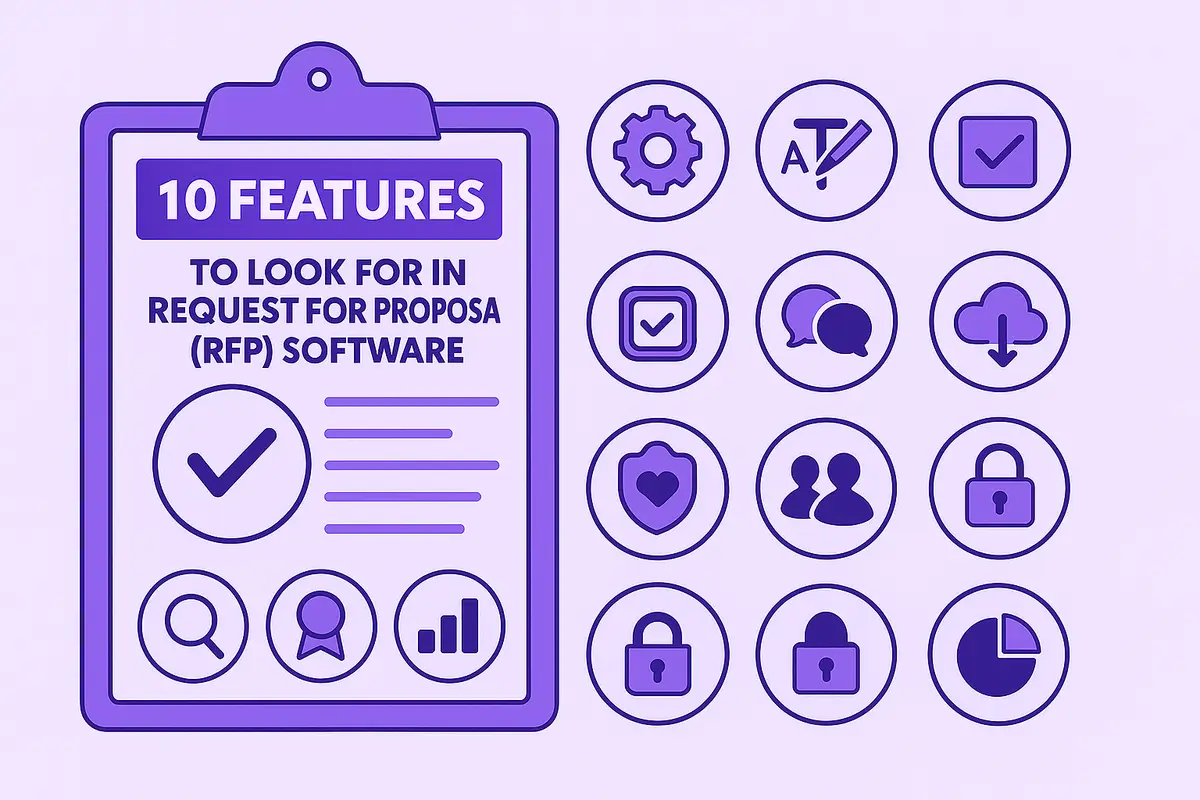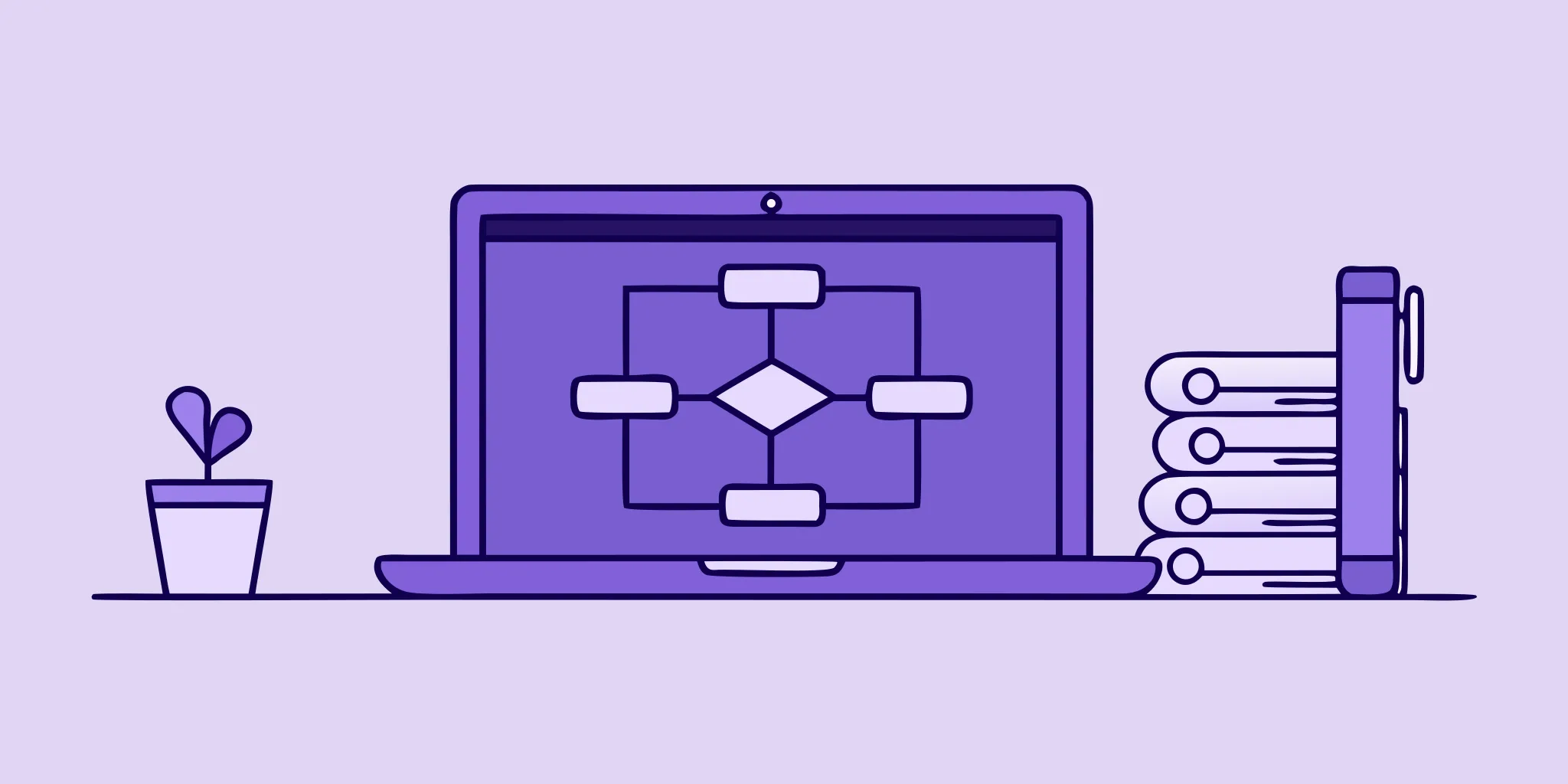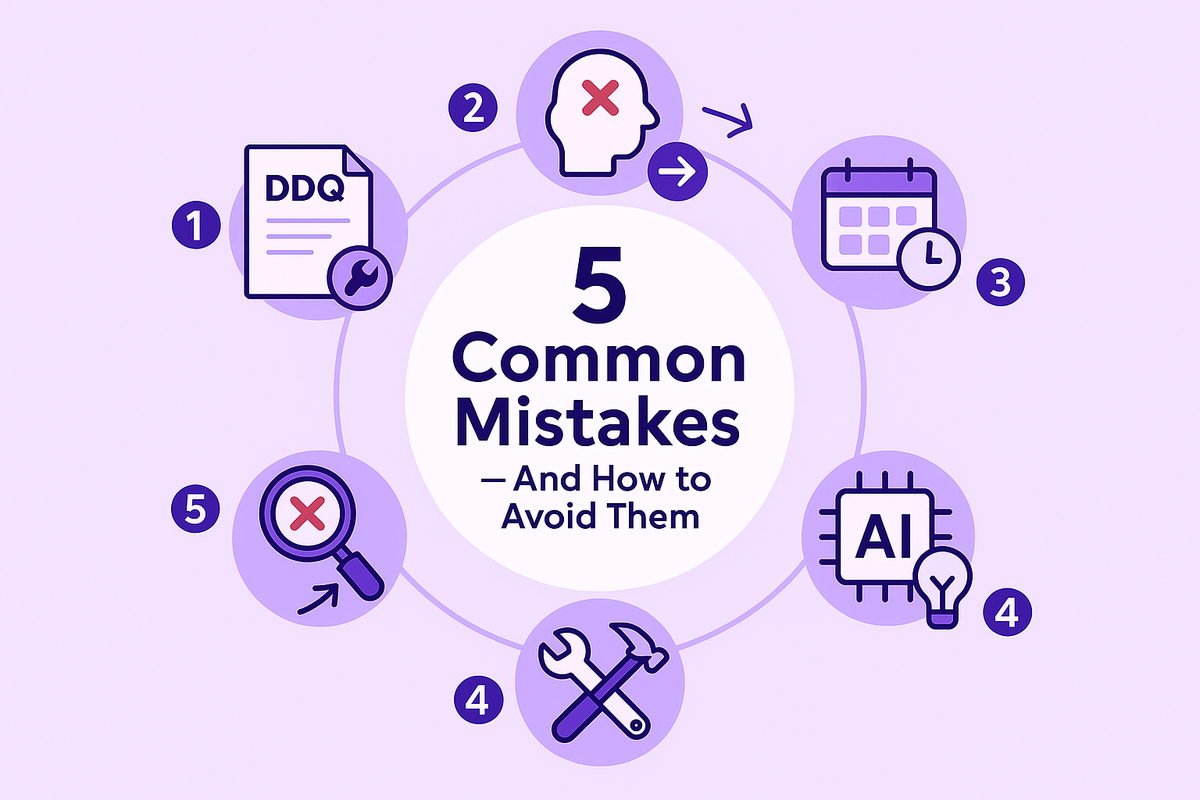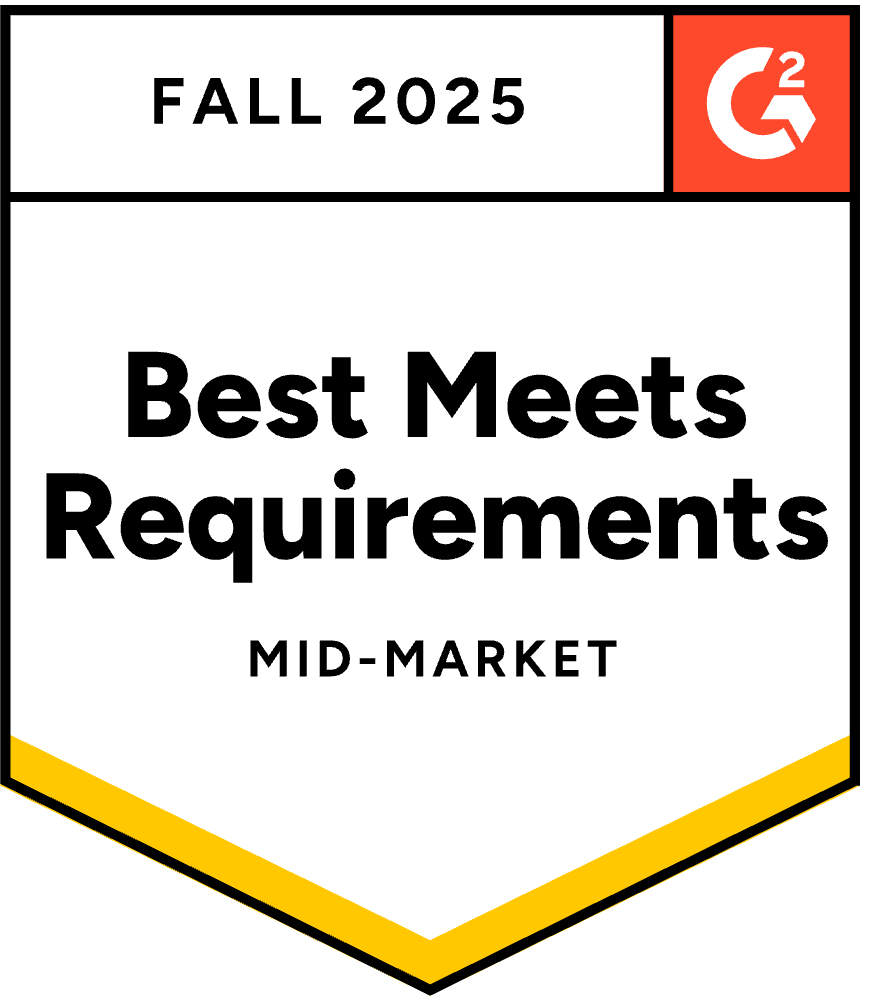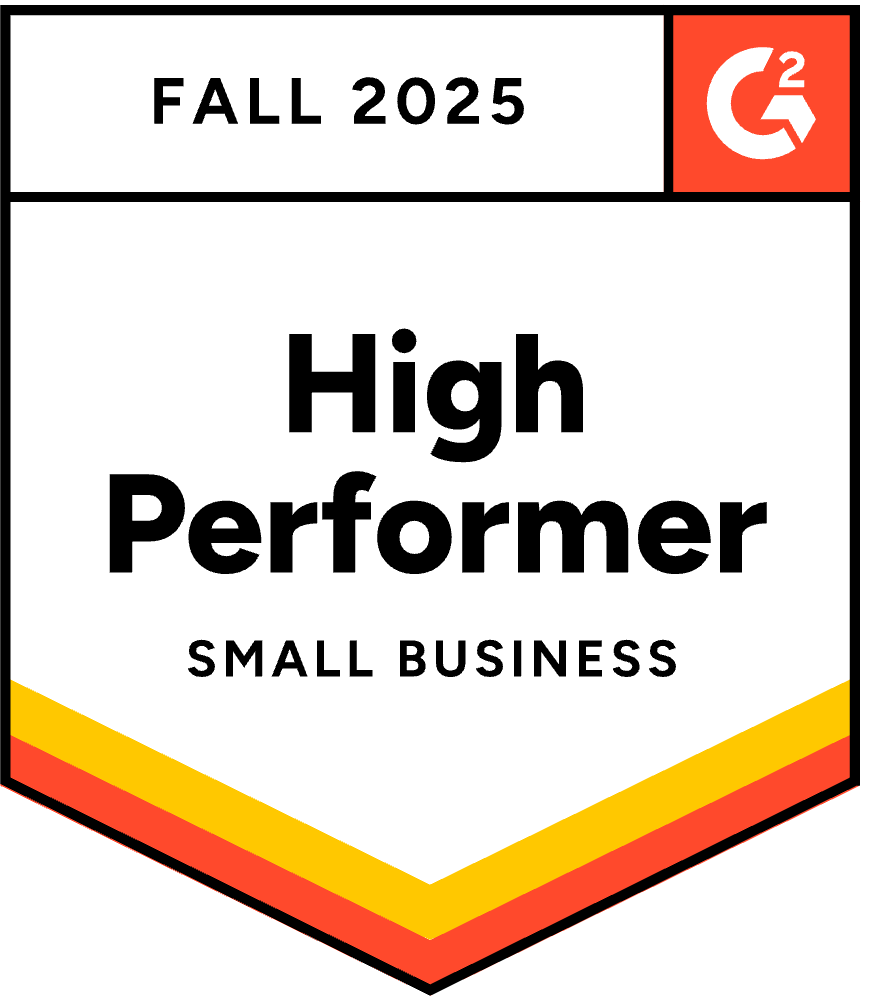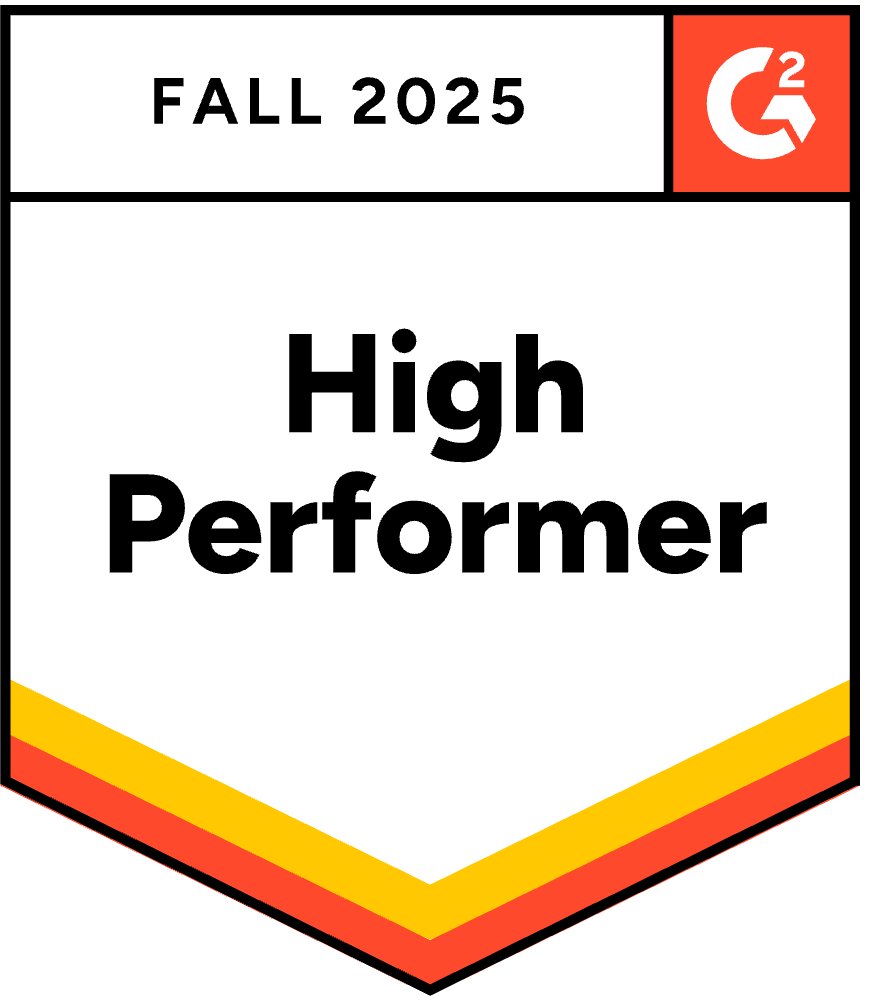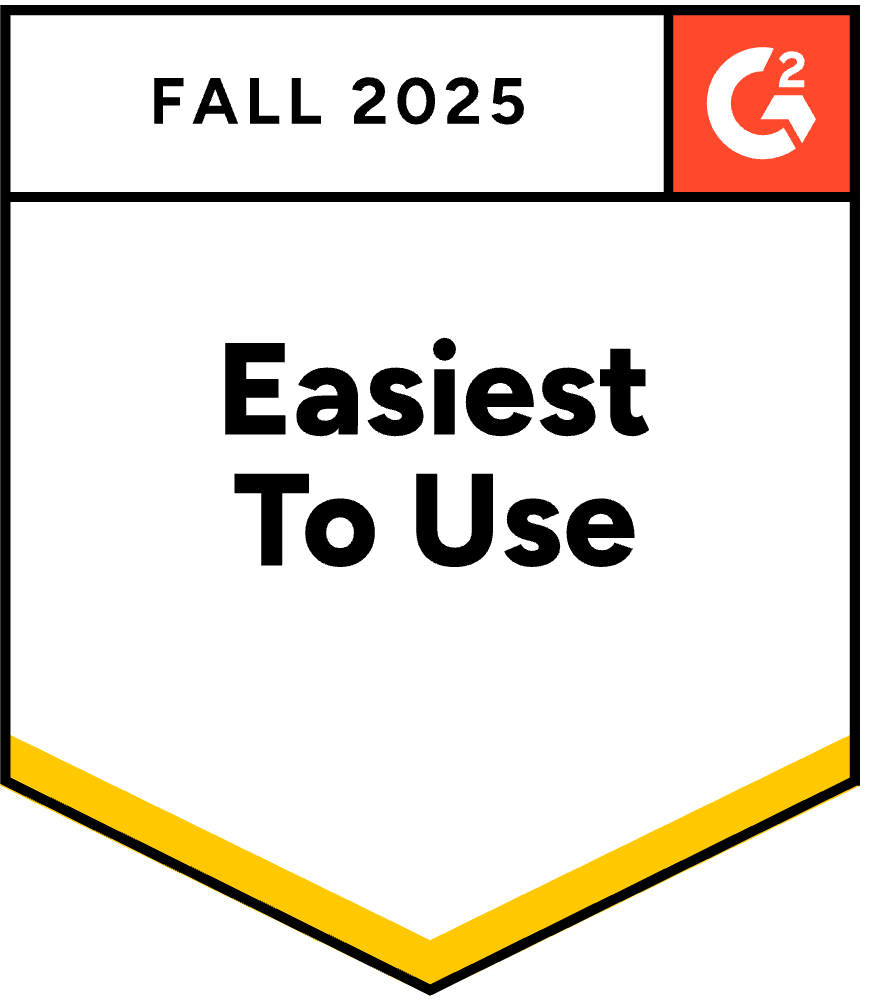What Is Procurement Automation (and Why It’s the Future of Vendor Management)
October 24, 2025
By
Evie Secilmis
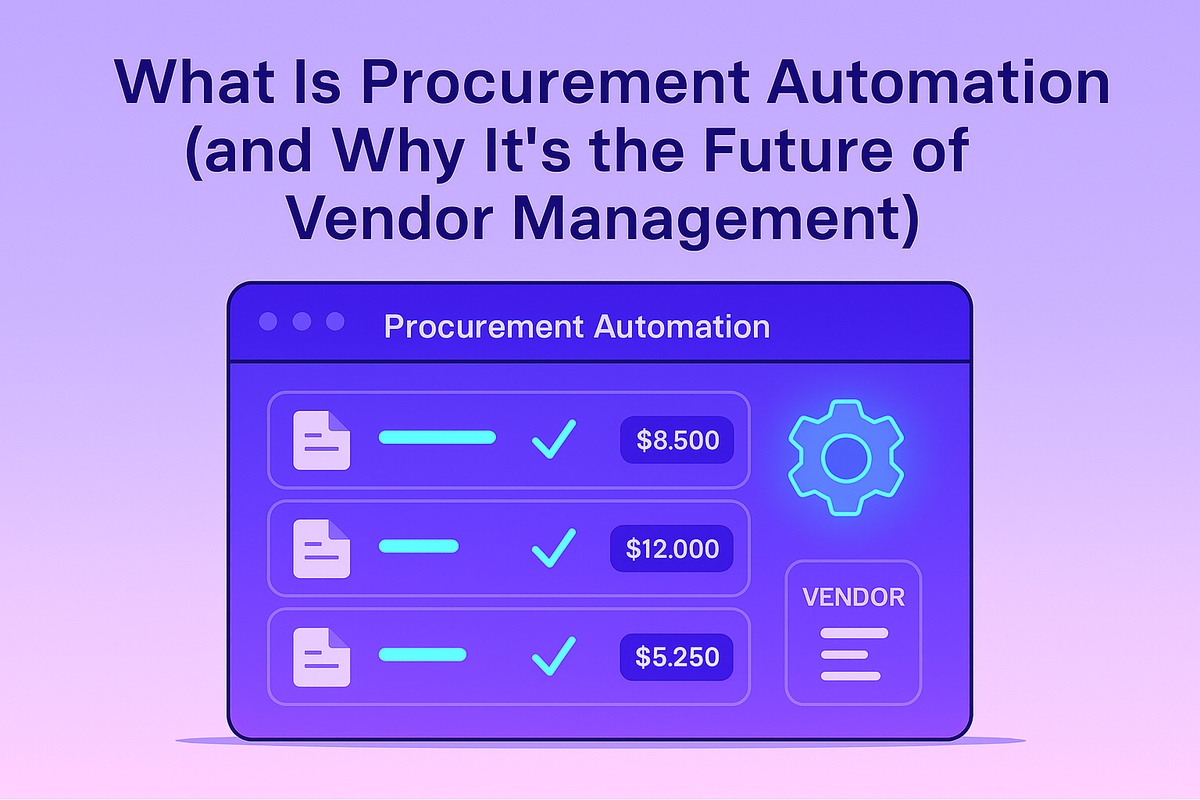
Procurement has always been a balancing act — finding the right vendors, negotiating contracts, managing compliance, and tracking performance.
But as the number of vendors, data points, and regulations continues to grow, manual processes can’t keep up.
That’s why leading organizations are turning to procurement automation — using technology and AI to streamline repetitive tasks, reduce human error, and empower teams to make faster, smarter purchasing decisions.
Defining Procurement Automation
Procurement automation uses software and artificial intelligence to manage the end-to-end procurement process — from vendor discovery and onboarding to purchase orders, contract renewals, and performance tracking.
Instead of relying on spreadsheets and email threads, procurement automation centralizes and automates key workflows, helping teams:
✅ Approve and process purchase orders automatically
✅ Track supplier compliance and risk in real time
✅ Manage invoices and payments with accuracy
✅ Standardize RFP and vendor evaluation workflows
✅ Integrate with ERP, CRM, and accounting systems
Automation doesn’t replace procurement professionals — it frees them from manual admin so they can focus on strategy, relationships, and results.
For a deeper dive into the technology behind this, see how AI Procurement Software is already reshaping how teams evaluate vendors.
How Procurement Automation Works
Procurement automation platforms combine workflow management, data integration, and AI-driven insights to simplify every stage of the procurement lifecycle.
Here’s how it typically works:
- Vendor Sourcing and Onboarding
The system automatically identifies, qualifies, and verifies vendors — pulling data from third-party databases and compliance sources like SOC 2, ISO 27001, or ESG reports. - RFP and Bid Management
Tools like RFP software automate request creation, scoring, and proposal evaluation — saving days of manual review. - Purchase Order Automation
Once vendors are approved, POs are automatically generated, routed for approval, and logged into finance systems with built-in policy checks. - Contract Management
AI can scan, categorize, and track contracts — flagging expiration dates, non-compliant clauses, and renewal opportunities. - Performance & Spend Analytics
Dashboards visualize supplier performance, cycle times, and total spend, enabling procurement teams to identify cost savings and optimization opportunities.
The Benefits of Procurement Automation
Procurement automation delivers value in three key areas: efficiency, compliance, and insight.
1. Efficiency
- Reduce manual workloads and processing time by up to 70%.
- Eliminate bottlenecks with automated routing and approvals.
- Standardize forms, templates, and data entry.
2. Compliance
- Maintain audit-ready records for all vendor interactions.
- Automatically check for security, data protection, and policy compliance — critical for teams managing security questionnaires.
3. Insight
- Use AI analytics to spot trends, inefficiencies, and high-performing vendors.
- Forecast demand and budget impact using real-time data.
Procurement Automation vs. AI Procurement Software
While the two are closely related, procurement automation focuses on digitizing and streamlining workflows, while AI procurement software emphasizes intelligence — predictive analytics, risk modeling, and smart decision-making.
Think of it this way:
- Procurement automation makes the process faster.
- AI procurement software makes the process smarter.
Together, they turn procurement from a cost center into a competitive advantage.
For a closer look at how AI fits into this ecosystem, read What Is AI Procurement Software.
Why Procurement Teams Are Automating Now
Modern procurement isn’t just about cutting costs — it’s about managing complexity.
With more global vendors, evolving regulations, and decentralized teams, automation ensures nothing falls through the cracks.
Companies adopting procurement automation see:
📈 Faster vendor onboarding and approval cycles
🧾 Cleaner audit trails and compliance documentation
💰 Better visibility into spend and savings
🤝 Stronger relationships between procurement, finance, and legal
This same logic underpins automation across the deal lifecycle — from proposal automation to RFP evaluation.
How to Get Started with Procurement Automation
- Audit your current process.
Map out your existing procurement workflows — approvals, documentation, vendor data — to identify where time and information are being lost. - Choose the right platform.
Look for a system that integrates with your ERP and offers customizable workflows, vendor scoring, and analytics dashboards. - Start small, automate strategically.
Begin with low-risk processes like invoice approvals or renewal reminders, then expand to sourcing and contract management. - Centralize vendor data.
Build a single source of truth for suppliers — linking compliance records, performance scores, and RFP history. - Track results and scale.
Measure cycle times, savings, and satisfaction to identify ROI — similar to the metrics outlined in The Real Cost of Manual Proposal Work.
The Human Side of Procurement Automation
Automation isn’t about removing people from procurement — it’s about removing the friction that prevents them from doing their best work.
While systems handle routing, approvals, and reminders, procurement professionals focus on what really matters: building relationships, negotiating value, and improving strategy.
That balance — automation for efficiency, humans for judgment — is the same philosophy driving proposal automation and PreSales automation.
Final Thoughts
Procurement automation is more than a digital upgrade — it’s a mindset shift.
By replacing manual oversight with intelligent systems, organizations gain agility, visibility, and trust at scale.
In an era defined by data, compliance, and collaboration, the companies that automate procurement today will lead the next generation of efficiency tomorrow.
Related Articles
Share this post
Link copied!



